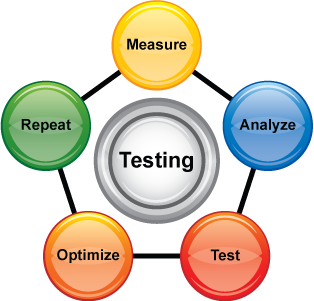

Challenges may be found in elaborating test items and tasks because test items are the foundation of tests and other assessment instruments. Therefore, we will start by explaining a classification of test items according to the type of response from the test taker. There are selection items and supply items. Selection items are the items in which the student selects the correct answer from a number of presented options. These may be true/false, Multiple Choice, Matching, Numbering Sequence. On the other hand, in supply items, the test takers must supply or construct the correct answer. These items may be Cloze or Gap-Fill (No response provided), or Essay questions.
Test items may be also classified according to the scoring scoring procedure, into objective and subjective items. Thus, objective items are scored following an answer key, which does not requirethe marker (the person who corrects the tests) to have any knowledge of the subject being evaluated. These are "short answer-closed response items" (p.17) of recognition that are corrected easily and rapidly, reliable when there are plenty items, but difficult to properly construct. They can be used to test global and detailed understanding. Set in opposition, subjective items make imperative to have a marker knowledgeable of the subject being evaluated where much human judgment is required, although they are easy to construct. In addition, these items demand from the testers to produce open-ended responses and from the markers time and difficulty in checking.
MULTIPLE CHOICE QUESTIONS
Multiple choice questions (MCQ) are conventionally used in textbooks and in English language proficiency tests at the recall and comprehension levels. Their basic structure is a stem and response. The stem is usually written as a question or an incomplete statement and one response, or key, among two or three other choices or distractors. The test taker identifies the correct or most appropriate response, called the key. When testing reading, vocabulary and grammar, there are four choices, but only three for listening, not to rely much on the student´s memory. The advantages of MCQ are: their reliability, their usefulness in various levels, the test taker´s abilities in writing are irrelevant to these, they can be scored by computer, and students everywhere are familiarized with them. Teir disadvantages are that they encourage guessing, they are time consuming to write, they do not test productive language skills, and frequently, teachers forget MCQs can be used to asses higher-order thinking skills.
There are common MCQ item violations that can be mended. These violations are:
-grammatical inconsistency
-extraneous cues or clues
-three for one split (Three distractors are parallel and one is not.)
-impure items (They test more than one concept.)
-apples and oranges (Two response options have no relation to the other two.)
-subsuming response options (The key and one of the distractors could both be correct.)
-unparallel options (Key and distractors are not parallel in length or in grammatical consistency.)
-gender bias in language
-sensitivity (negative emotional impact material should be avoided.)
-double answer or key (More than one response option is correct.)
-no answer (There is no key among the response options.)
-Giveaway distractors
True/False Format
True/false questions are a specialized form of the MCQ format, written as statements, with only two possible alternatives. The two response categories are: True/False, Yes/No, Correct/Incorrect, Right/Wrong or Fact/Opinion. Their advantages include being able to test large amounts of content, they require less time to be responded and more items can be incorporates into the tests, which increases reliability, and scoring is rapid, reliable, and accurate. Their disadvantages are the guessing factor of 50% and that you need to include ample number for them to be reliable.
Matching Format
Matching format is an extended form of MCQ. It brings forth the test taker´s ability to make connections among ideas, vocabulary, and structure. It is presented in two columns of information where items in the left-hand column are called premises or stems, and the items in the right-hand column are called options. Some advantaages of this format are that test takers have more distractors per item, and writing these are easier than writing MCQs.
No hay comentarios:
Publicar un comentario